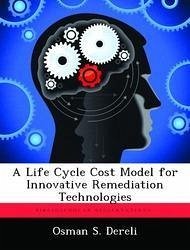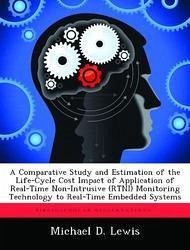
Daylighting Strategies for U.S. Air Force Office Facilities: Economic Analysis of Building Energy Performance and Life-Cycle Cost Modeling with Monte
Versandkostenfrei!
Versandfertig in über 4 Wochen
58,99 €
inkl. MwSt.

PAYBACK Punkte
29 °P sammeln!
The U.S. federal government maintains more than 500,000 facilities in the United States and around the world, most of which are heavily dependent on fossil fuels to produce electricity. Within the federal government, the Department of Defense (DOD) spends over $2.5 billion per year on facility energy consumption which makes them the largest single energy consumer in the United States. Therefore, federal energy conservation goals focus on aggressively reducing energy consumption by reducing the energy demand at the facility level within the next 20 years. Daylighting is a passive solar energy s...
The U.S. federal government maintains more than 500,000 facilities in the United States and around the world, most of which are heavily dependent on fossil fuels to produce electricity. Within the federal government, the Department of Defense (DOD) spends over $2.5 billion per year on facility energy consumption which makes them the largest single energy consumer in the United States. Therefore, federal energy conservation goals focus on aggressively reducing energy consumption by reducing the energy demand at the facility level within the next 20 years. Daylighting is a passive solar energy strategy at the facility level that leverages load avoidance by relying on windows and skylights to reduce building electrical lighting load; which accounts for approximately $15-23 billion annually in energy consumption. Our research findings show that electrochromic windows have the lowest energy consumption compared with other daylighting strategies appropriate for building retrofit. However, the prohibitive initial investment cost of electrochomic windows do not make them economically viable; therefore, the only daylighting strategy currently viable for Air Force facilities, based on our simulations, is the advanced daylighting control system. We found that economic incentive policies currently available for other passive solar technology could make emerging daylighitng technology, such as electrochromic windows, viable. Finally, we demonstrate the robustness of probabilistic life-cycle cost model using Monte Carlo simulation that could provide significantly more information compared to the current deterministic tool, BLCC 5, used for federal energy projects. This work has been selected by scholars as being culturally important, and is part of the knowledge base of civilization as we know it. This work was reproduced from the original artifact, and remains as true to the original work as possible. Therefore, you will see the original copyright references, library stamps (as most of these works have been housed in our most important libraries around the world), and other notations in the work. This work is in the public domain in the United States of America, and possibly other nations. Within the United States, you may freely copy and distribute this work, as no entity (individual or corporate) has a copyright on the body of the work. As a reproduction of a historical artifact, this work may contain missing or blurred pages, poor pictures, errant marks, etc. Scholars believe, and we concur, that this work is important enough to be preserved, reproduced, and made generally available to the public. We appreciate your support of the preservation process, and thank you for being an important part of keeping this knowledge alive and relevant.














